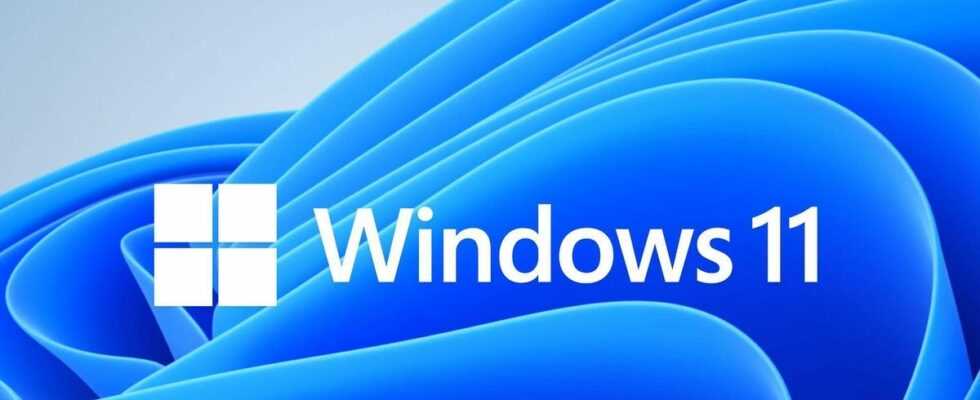Microsoft has provided details of its own project to transition internally to Windows 11 on 190,000 PCs worldwide in just five weeks, which began on October 7, 2021.
While Microsoft considers the project a great success, the company admits that it failed to upgrade all of its PCs to Windows 11. The new operating system has strict minimum hardware requirements. Computers that want to upgrade to Windows 11 require Trusted Platform Module 2.0 chipsets which are not present in older PCs.
“Windows 11 has specific hardware requirements, and a percentage of our devices have not been upgraded. Employees with these devices will continue to run Windows 10 in parallel and will get a Windows 11 device on their next device refresh” , Microsoft’s Lukas Velush said in a blog post.
Microsoft used its own tools to support the internal upgrade, including the Azure Update Compliance service combined with Microsoft Endpoint Manager’s device analytics feature to identify devices that do or do not meet minimum specifications.
Microsoft doesn’t specify what percentage of its devices don’t meet the minimum requirements, but says “190,000 devices were deemed eligible based on hardware and role requirements.” Of those who met the minimum requirements, the deployment was largely successful.
“Microsoft’s upgrade to Windows 11 is considered the smoothest we’ve ever had,” the company said in a blog post.
“Within five weeks, Microsoft Digital Employee Experience deployed Windows 11 to 99% of qualifying devices,” Microsoft says on another Windows 11 rollout page.
Not all devices got the update
Some devices were excluded on the grounds that they “shouldn’t receive the upgrade” and were therefore not included in the exercise.
“Other devices, like servers and test labs — where Microsoft validates new products on older operating systems — have been left out of the transition to Windows 11.”
Microsoft used its Update Compliance tool to determine which PCs should be eligible or excluded from the Windows 11 rollout, which allowed the rollout team – dubbed Microsoft Digital Employee Experience – to apply controls on ineligible devices and automatically ignore them during deployment.
“These controls also allowed the company to bypass deployment to any device that had been incorrectly targeted for an update,” Microsoft explains.
Microsoft supports support for Windows 10 until October 2025. By then, the company expects most customers to have refreshed their hardware and be ready for Windows 11.
Here is Microsoft’s view on how to manage Windows 10 PCs on existing hardware: “Windows 10 and Windows 11 can coexist and will be supported concurrently by Microsoft until all devices are upgraded or “As devices are refreshed, more Microsoft employees will have access to Windows 11.”
Prevention is better than cure
Microsoft acknowledges that some devices may experience issues with Windows 11 even after being deemed eligible for the update. The company recommends using Windows 11 built-in media to roll back to Windows 10. The default rollback period is 10 days after installation.
It also created an opt-out process for employees who wanted their devices excluded from the global rollout after an initial pilot. Employees had to explain their reason, while Microsoft set a deadline for how long devices could be excluded from the upgrade.
Microsoft used Windows Update for Business to automate the deployment of Windows 11, as well as to track and manage exclusions, exclusions and rollbacks. It also allowed employees to schedule the Windows 11 upgrade to take place overnight or over the weekend.
Of course, all major deployments of new systems require special attention. Microsoft recommends clearly communicating the benefits of Windows 11 to employees. Microsoft Digital Employee Experience communicated about the rollout through its internal homepage, FAQs on SharePoint, email, Teams, and Yammer.
The main materials used summarized the new features of Windows, such as support for Zero Trust, the ability to schedule upgrades at times convenient for employees, the fact that Windows 11 could be up and running in 20 minutes , and new terms related to Windows 11.
Microsoft says it measured no increase in support tickets during the rollout of Windows 11 to 190,000 devices and claims the five-week rollout was the “fastest rollout of a new operating system in the world.” company history”.
Source: “ZDNet.com”
